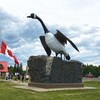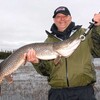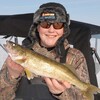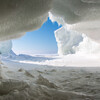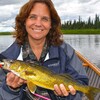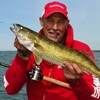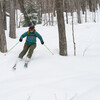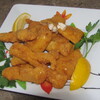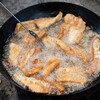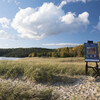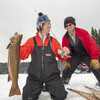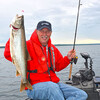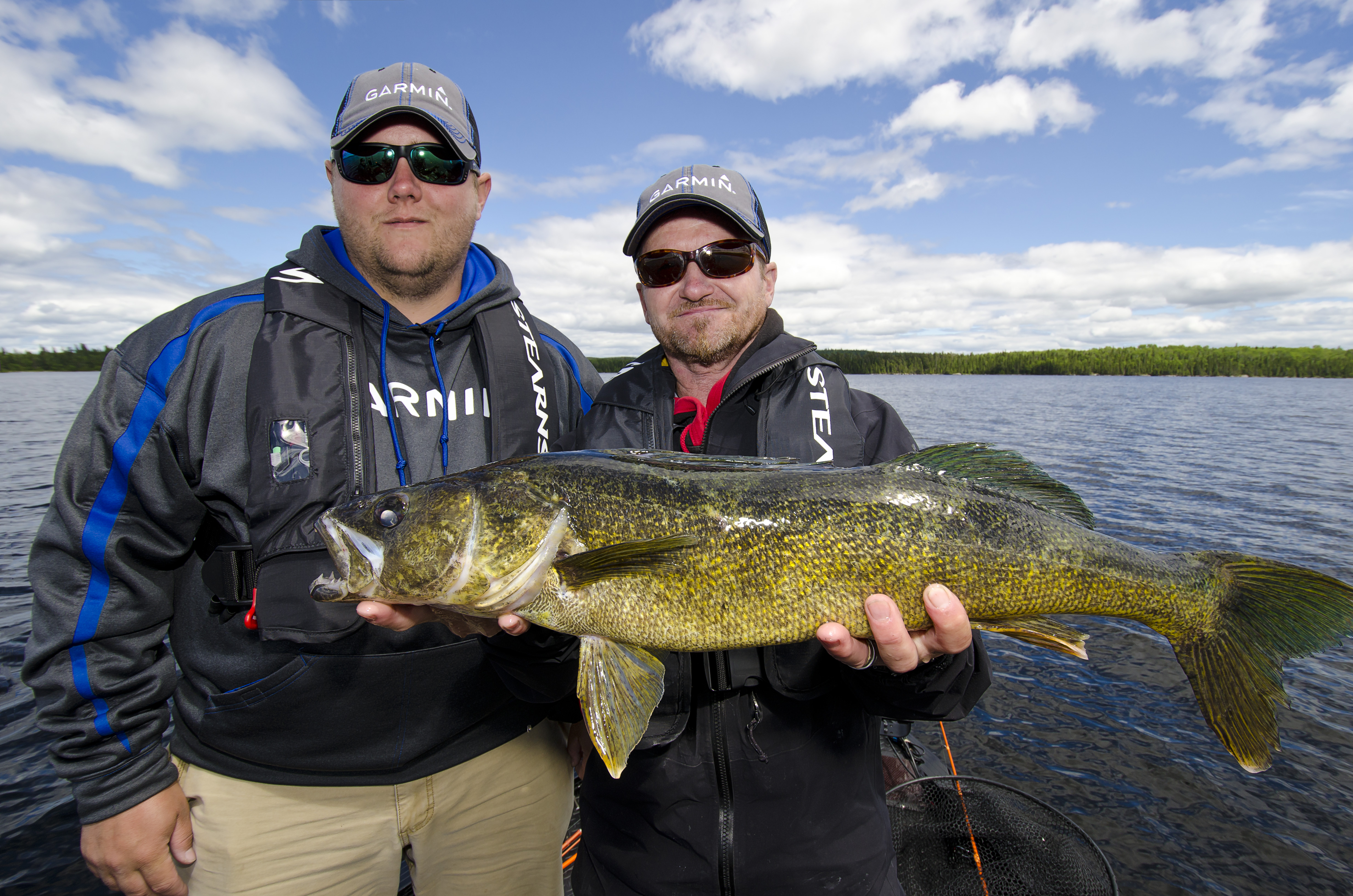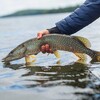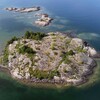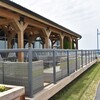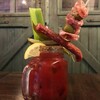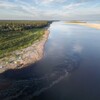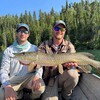
Summer Walleye Fishing
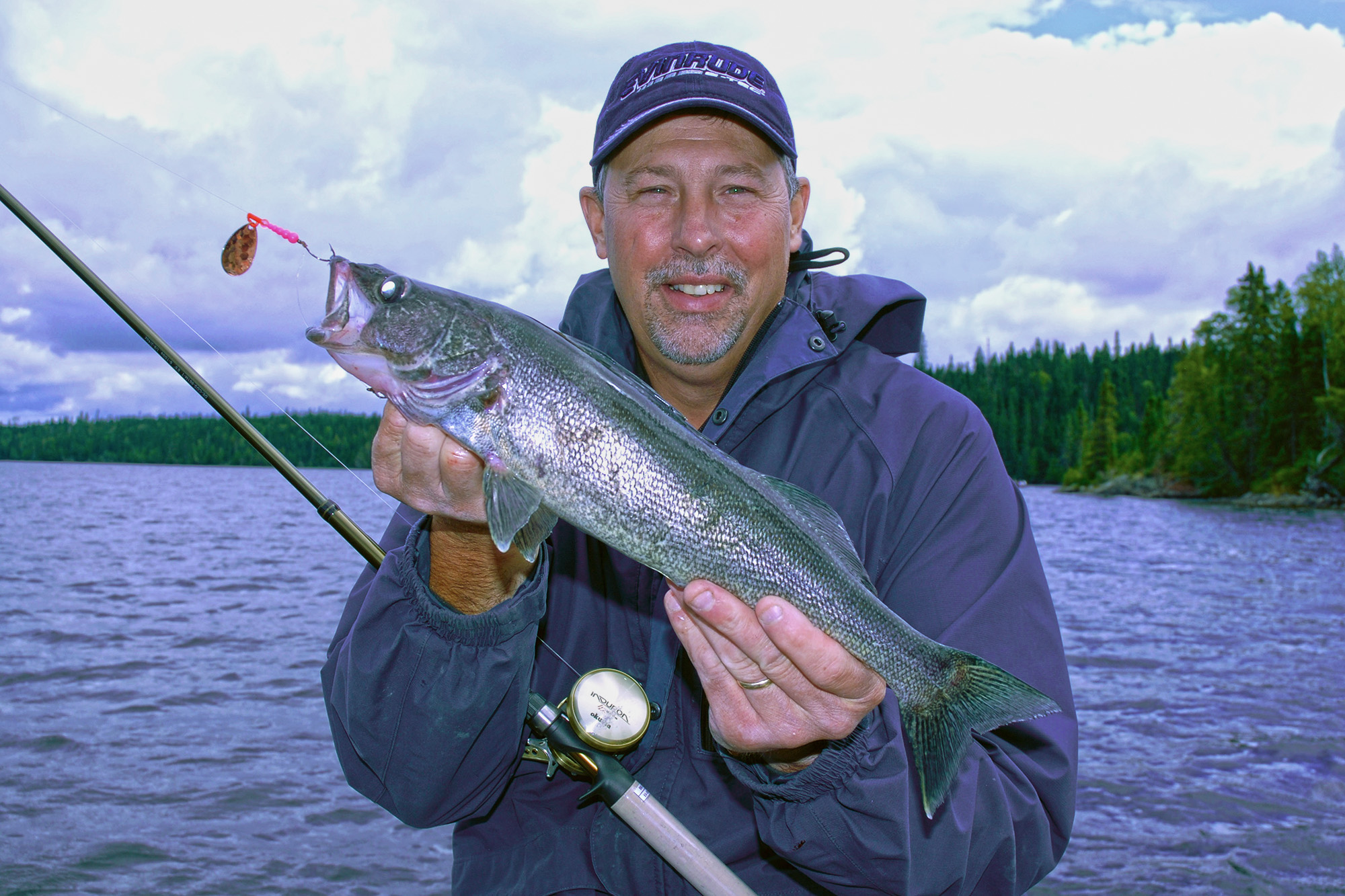
Combined with a lively nightcrawler and the common bottom bouncer sinker, this structure fishing setup is what the author refers to as the "money rig" because it has been used to win so much money on the professional walleye tournament trails.
To professional walleye anglers, the bottom bouncer and the spinner rig are affectionately referred to as the "money rig". This common walleye presentation has won more money for more tournament anglers than all the other fishing presentations combined!
The question is why the bottom bouncer and the spinner rig are so effective. The answer is as simple as the fact that this fishing method works just about everywhere walleye are found. From natural lakes to the Great Lakes, reservoirs and even rivers, this "go-to" rig catches walleye day in and day out. Even better, this common bottom fishing rig is easy for anglers of all skill levels to master.
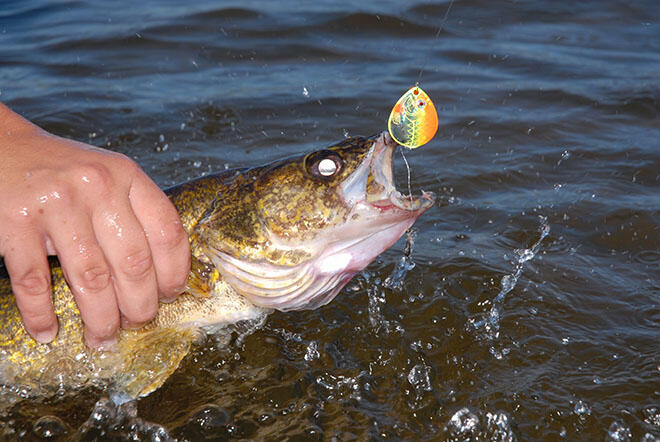
Understanding Bottom Bouncers
Getting a grip on fishing the bottom bouncer and spinner rig starts with an understanding of the bottom bouncer itself. A trolling sinker designed to fish slowly and in contact with the bottom, a bottom bouncer consists of a length of wire bent into the shape of an upside-down "L". On the long arm, a lead weight is moulded into place and on the short arm, a snap swivel is added to accept the spinner rig.
The mainline is tied to the elbow formed between the long and short arms, and a spinner rig ranging from 36 to 60 inches in length is attached to the snap swivel on the short arm. Most spinner rigs are tied on fluorocarbon line and come equipped with a Colorado or Indiana-style blade that spins on a clevis. The harness includes some colourful beads and a pair of No. 4 or No. 2 beak-style live bait hooks.
The rig is complete when baited with a live nightcrawler and lowered to the bottom using just enough "line out" that the bottom bouncer makes contact with the bottom every few feet as the boat slowly trolls along. Meanwhile, the trailing spinner is positioned just off the bottom where the blade rotates, the crawler wiggles and nearby walleye simply can't help themselves.
Bottom bouncer sinkers come in many variations. One of my favourites is the Hildebrandt Hammer Time Bottom Walker. The Hammer Time bouncer is a little taller than most bottom bouncers, making it more user-friendly. The biggest mistake made when fishing bottom bouncers is letting too much line out while setting the rig. If too much line is played out when setting the bouncer, the rig will lay on its side and drag on the bottom instead of standing up, ticking the bottom every few feet and presenting the spinner just off the bottom.
Taller bouncers like the Hammer Time Bottom Walker can be set with a little too much line out and still keep the spinner positioned up off the bottom.
Bouncer Sizes
The most common sizes of bottom bouncers are 1-, 2- and 3-ounce models. A one-ounce bottom bouncer will fish effectively down to about 15 feet of water. A two-ounce bouncer is required when fishing 15 to 25 feet of water, and a three-ounce bouncer is called for when the water is 25 to 40 feet deep.
The Rule Of 45
When setting a bottom bouncer, seasoned anglers describe the process as the "rule of 45," meaning the bouncer should fish at an angle from the boat to the bottom of about 45°.
Before the bottom bouncer can be set, the boat's forward speed must be established and maintained. Speeding up and slowing down make it impossible to set a bottom bouncer rig and keep it fishing properly.
A good trolling speed for bottom bouncer fishing ranges from 1.0 MPH to about 1.5 MPH. Speeds this slow are going to require a small gasoline kicker motor or an electric trolling motor. Once the boat speed is consistent, lower the bottom bouncer and spinner rig a few inches into the water and check to be sure the blade is rotating properly and that the harness isn't tangled on the bouncer.
Once it's confirmed everything is functioning properly, the rig is lowered to the bottom by a free spooling line off the reel. The second the bottom bouncer contacts the bottom, the reel spool will momentarily stop spinning. Put your finger on the spool to prevent the additional line from playing off and allow the boat to move forward for a few seconds.
The forward motion of the boat will pull the line tight. As the boat moves forward, friction on the fishing line and the bottom bouncer rig causes the sinker to rise up off the bottom a couple of feet. At this point, free-spool the bottom bouncer a second time until it hits the bottom again.
Put the reel in gear and place the rod in a conveniently located rod holder. Set in this manner, the bottom bouncer will travel near the bottom, making contact with the bottom occasionally and presenting the trailing spinner just off the bottom.
Baitcasting rods and reels are the ideal choices for fishing bottom bouncer rigs. A medium-action rod from seven to about nine feet in length is ideal. Matched to this rod, a baitcasting reel loaded with a 10- to 12-pound test monofilament line makes for a perfect bottom bouncer setup.
In a pinch, spinning gear can also be used for bottom bouncer fishing. A medium action rod and reel combination will handle bouncers up to about 2 ounces.
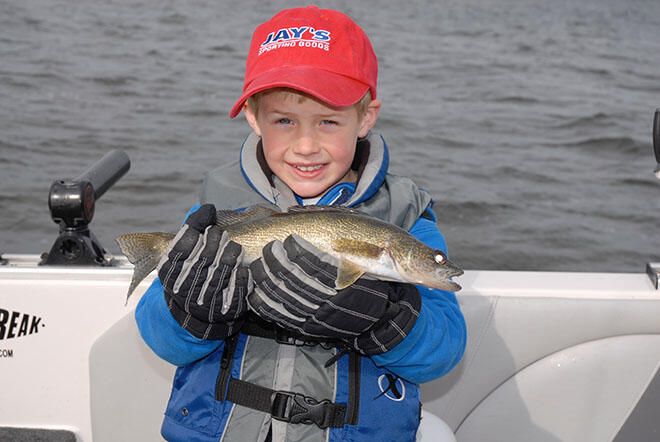
Not All Spinner Rigs Are Created Equal
The spinners designed to fish on a bottom bouncer sinker are not all created equal. Some of the critical features of a good walleye spinner rig include a premium blade, a quick change clevis for allowing blade colours and sizes to be easily changed, and using premium beak style hooks tied on a suitable length fluorocarbon leader.
Until recently, most serious walleye anglers custom-tied their own spinner rigs because it was difficult to find commercially produced rigs that live up to all of the critical features outlined here. The Hildebrandt Hammer Time Spinner is a premium product built with the professional angler and serious recreational angler in mind. Other great commercially tied and marketed spinner rigs are produced by Bait Rigs Tackle and also by Wolverine Tackle.
For those anglers who still prefer to "roll their own," Hildebrandt and many other brands of fishing tackle also produce all the necessary components to create "custom-crafted" walleye spinner rigs.
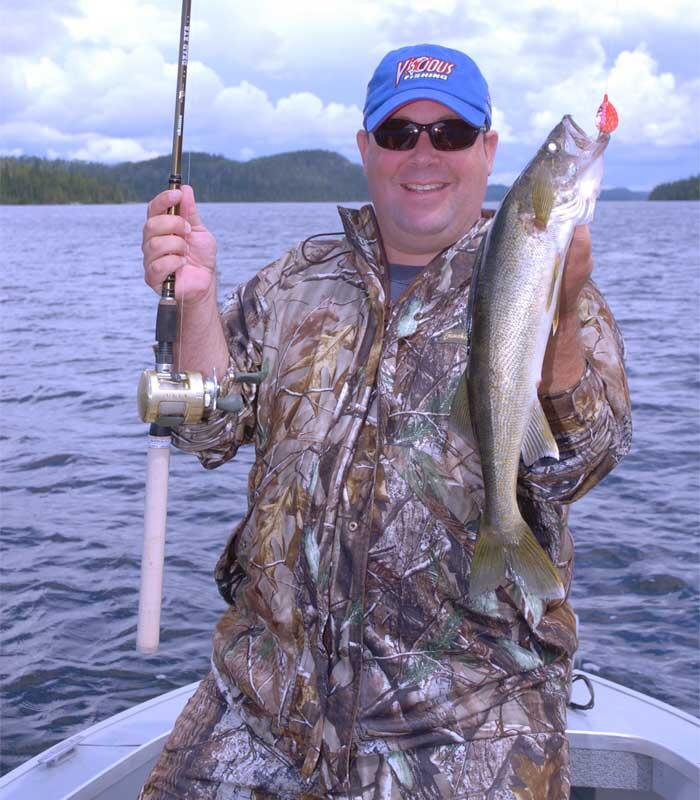
Final Thoughts
Bottom bouncer and spinner rigs are deadly on Algoma Country walleye. I use them often, especially in mid-summer when walleye start to seek out deeper water. With a bottom bouncer and spinner rig, I can slowly troll along watching the sonar for fish and also noting any changes in bottom composition that tend to concentrate fish. One of the reasons I like bottom bouncer fishing so much is that this presentation is easy to learn and effective almost anywhere walleye are found on bottom structure. If you do a few simple things right with a bottom bouncer rig, it's hard not to catch walleye:
- Set your trolling speed first and maintain a consistent speed while fishing.
- Select a bottom bouncer heavy enough to easily fish at about a 45° angle behind the boat.
- Use big and lively nightcrawlers for bait and replace the crawler if a short strike rips the tail off.
- Last, but not least, when you do catch a fish, save a waypoint on a GPS unit or drop a floating marker to save the location. Where one walleye lives, others are nearby.
Recommended Articles
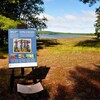
The Group of Seven in Algoma
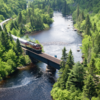
9 Facts to Know about the Agawa Canyon Tour Train
